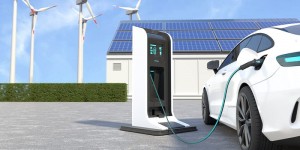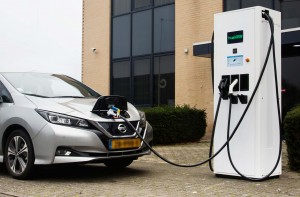From vehicle-to-grid to charging while driving, the EV space is overflowing with exciting new developments
Power management technology helps keep your electrical infrastructure efficiently distributed and balanced. Many elements in your network likely have power metering capabilities. A power management system takes this a step further by accounting for the max amperage of your service and dynamically balancing loads. The result is that you don’t have to pay to meet customer charging demand at one station when you have energy to spare at another. Expanded effective capacity.
Most residential and commercial buildings don’t have the electrical capacity to power multiple charging stations at once, and upgrading infrastructure to accommodate that increased demand is very expensive. With power management in place, operators can safely balance demand and supply without needing to build more capacity. That raises your existing site’s total energy capacity, which can create savings you can put towards adding more electric vehicle charging stations in the future. Because you’re going to need them.
In brief:
DC fast charging speeds are rapidly increasing with new 400 kW chargers hitting the market but further increases in speed can be expected in the next few years.
EV charging needs to continue to improve the user experience to convert more drivers to electric vehicles – payment must be easy, chargers operational, and drivers shouldn’t have to worry about finding a place to recharge.
Infrastructure investments need to continue to ramp up to provide accessible charging points while ensuring that the stability and reliability of the electrical grid continues.
DC charging speeds
DC fast charging, also known as Level 3 charging, provides a quick and efficient way to recharge an EV’s battery. Unlike AC charging, which converts AC to DC power using the vehicle’s onboard charger, DC fast chargers deliver power directly to the battery, significantly reducing charging time. With charging speeds ranging from 50 kW to over 400 kW, DC fast charging is essential for long-distance travel and reducing downtime for EV users.
The evolution of charging speeds has been remarkable. Initially, DC fast chargers offered speeds of around 50 kW, which allowed for a decent recharge time compared to AC chargers. However, as battery capacities increased and the demand for quicker charging grew, newer generations of DC fast chargers have emerged with significantly higher power outputs.
Post time: Sep-13-2024







